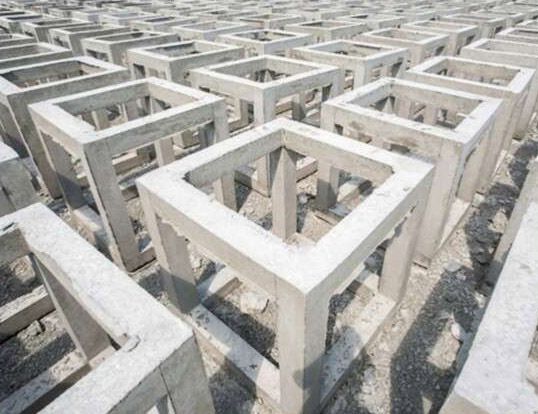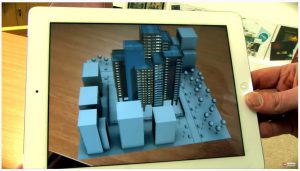This article focuses on the shift in construction technology and its impact on architecture and architecture design process.
The trend in construction has been perceived as laborious and intensive work that is done on a particular site. And the activity has to be repeated all over again for a new site. Requiring establishing and setting up the site, from a site office, to a sample flat (in case of residential works) to infrastructure and landscape works. Construction industry has not yet made a transition to being a manufacturing based or manufacturing supported industry. Moreover its impact when it does transitions from being a custom site specific job to a manufacturing – assembly based solution is yet to be seen, especially on the labor force. And then there another debate on construction technology’s impact on design and architecture.
So here are our key observation or points to look at in the future about construction technology is:
- Pre-fabricated construction – element / composite / complete. Complete pre fabrication would mean that the entire assembly of a building would be manufactured in a factory and assembled on site. An element wise pre-cast system would indicate individual element being cast pre-fabricated and being installed in a cast in situ development. For example a pre-fabricated bathroom pod installed in a cast in-situ concrete structure or a steel structure.
- 3d printing. One would argue that 3d printing is still in a very nascent stage of development. Which the author agrees to. But now small standalone residential developments have been successfully completed in 3d printing. 3d printing houses can now be considered in ‘beta’ stage of development. If not for other commercial uses and for high rise residential development. Explore on 3D Home Design – Planning and Visualization
- Drones. How would drones fit into construction process? Drones can be said to pitch in the supervision of construction works. Like capturing live data from projects for construction process.
- Robotics and even AI (Artificial Intelligence). Construction equipment manufacturing companies are at work to create machinery for common construction activities such as pouring of concrete, vibrating of concrete etc.
Now these above mentioned technologies / techniques have close association with architectural design process. As of now the process of design has to align itself to a manufacturing based setup. This is even more so relevant for a residential development. For projects of scale this becomes very important. Few thing in architectural design that could have a impact on construction process are as follows:
- Grid framework to be adopted, this shall have a bearing on selection of formwork technology.
- Standardized elements such as doors, windows etc. For ease of reptation and installation.
- Artificially engineered marble and stone for flooring and cladding.
- Use of simple faced items such as ACP panels and zinc based new and innovative facade panels and cladding
Explore on Marble : Their types and sources of Origin
We would further want to elaborate on the construction methodology driven with technology in future. With parallel advancements in building information modelling systems and pre cast construction techniques, we will see complete design conceived by a consumer or set of consumers. And delivered to them on their sites. Technologies such as augmented realities / virtual realities will allow people to visualize the designs. And technologies and advancements in costing and estimations will allow users to have real time estimates for the cost of construction or at least the quantity of materials involved. Since cost has many local factors involved.
So if you are going to construct your own home, or an apartment complex for end users the key takeaways would be:
- Using Building information modelling for your projects.
- Augmented reality / Virtual reality for you and for your customers and investors. Learn more about Augmented Reality in Real Estate and AEC Industry
- Automated estimation and quantification tools to evaluate designs.
- Tools to carry out feasibility studies in ‘parametric modelling‘ techniques such as Dynamo, Grasshopper (Rhino 3d) etc.
To sum up, we have provided our views of the shift in construction technology and as a developer / architect / user and the tools and techniques required to be ahead in this change.
Do let us know, what you think about these tools and their relevance for future of construction industry?






